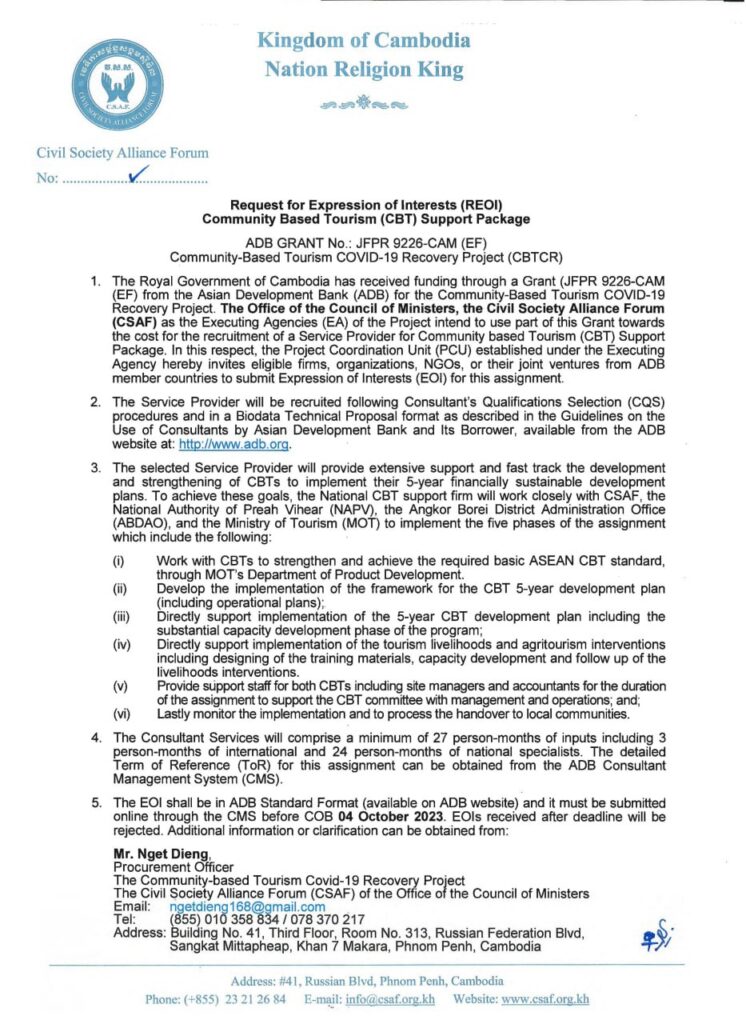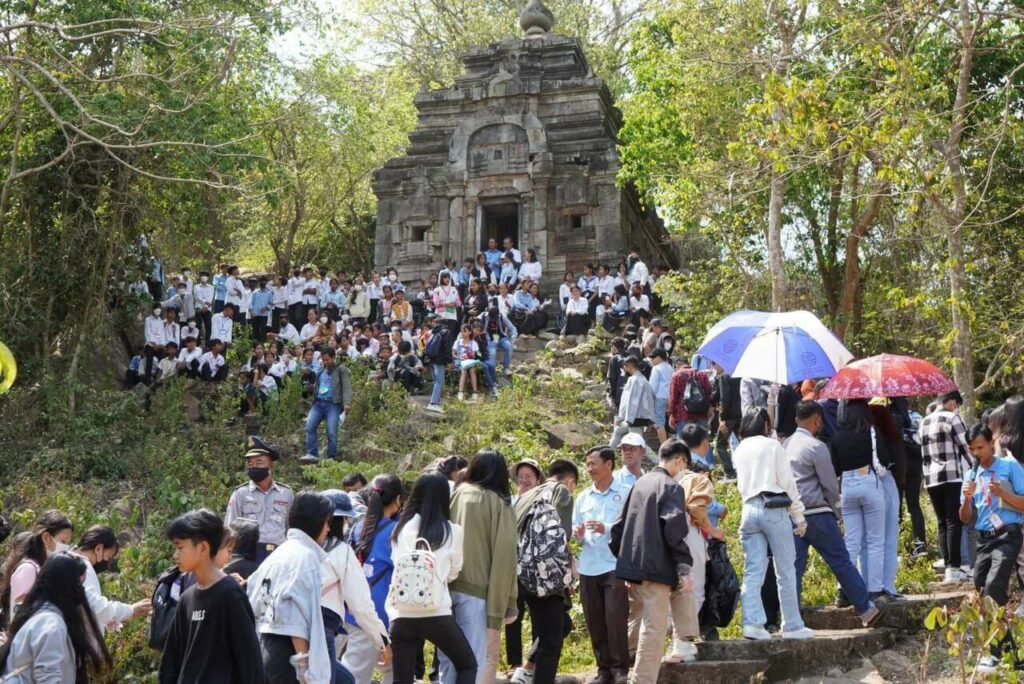

Related Stories
Phnom Da: Preserving the Funan Era
New funding from the US ambassador’s grant aims to preserve and protect some of Cambodia’s lesser-known temples for future generations.The United States and the Ministry of Culture have teamed up to document and preserve 24 monuments from the sixth and seventh centuries spread out across Kampong Cham, Kampong Chhnang, Kampong Speu, Kampot, Prey Veng, Tbong Khmum and Takeo provinces.US Ambassador to Cambodia William Heidt met with Culture and Fine Arts Minister Phoeurng Sackona at the base of Phnom Da, a temple in Takeo province, and signed a grant of $121,745 designated for the project. The is the 18th grant since 2001 from the Ambassador’s Fund for Cultural Preservation under the US government’s flagship program to help other countries preserve their tangible and intangible cultural heritage. After signing the grant, Mr. Heidt visited the little temple ruin of Ashram Maha Rosei, also known as the Sanctuary of the Great Ascetic, which was constructed between the seventh and eighth centuries under King Bahavavarman. Known for its unique look, the Maha Rosei also once had a huge statue of Harihara, a fusion of Shiva and Vishnu, which now can be seen at the National Museum in Phnom Penh after being returned from the Musee Guimet in France. At the top of the mountain, the bigger temple shows scars from its years under the Khmer Rouge with its burnt walls and broken tops. Built by King Rutravarman in the sixth century, the site of Phnom Da was once a thriving capital of the Funan era in the fourth-fifth century. Strategically placed to overlook the Takeo plains and the 20-kilometer distance to Angkor Borei, this site is a peaceful place to explore and imagine how the area was in its prime. Other than a rare grove of cacti and a handful of children from the farms nearby, Phnom Da is still relatively untouched by tourism and crowds. All that is left now is the eroding roofs of the temple and the small prayer sites inside.Renowned Cambodian historian and archaeologist Chen Chanratana stated that the grant will serve as relief to endangered areas like Phnom Da, adding that some of the country’s ancient sites were destroyed by road construction in 2012. The statues, pottery and sediment foundation recovered in the area have been dated back to as early as 400 B.C., according to Chen. “There are artifacts such as Roman coins and others of Chinese origin found in the burial sites in the middle of the city,” Chen explains. “Evidence shows that even when Phnom Da wasn’t the capital of the Funan era anymore, there were still people living in the temple on the top of Phnom Da from the sixth to 11th century.”After discovering and petitioning the government about the damage the 2012 road construction did to the ancient sites, Chen was horrified to also find many antiquities being sold in the market as souvenirs by local residents. “It is important for Cambodians to preserve our heritage,” Chen says. He hopes that by protecting ancient sites and educating the country’s citizens about Cambodian history, future generations will understand the importance of Cambodia in Southeast Asia. Khmer Times

